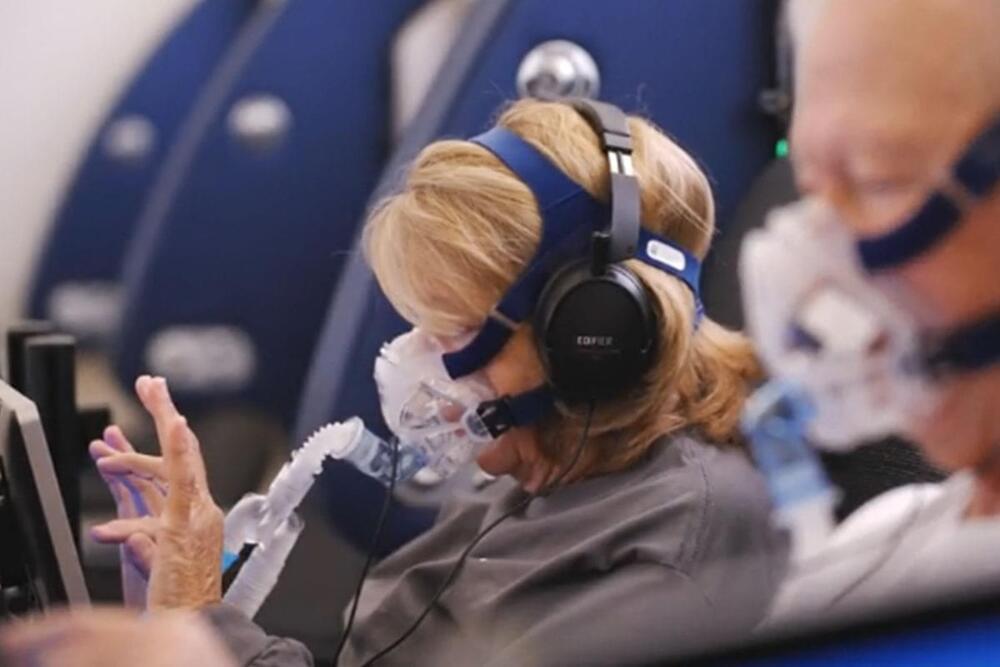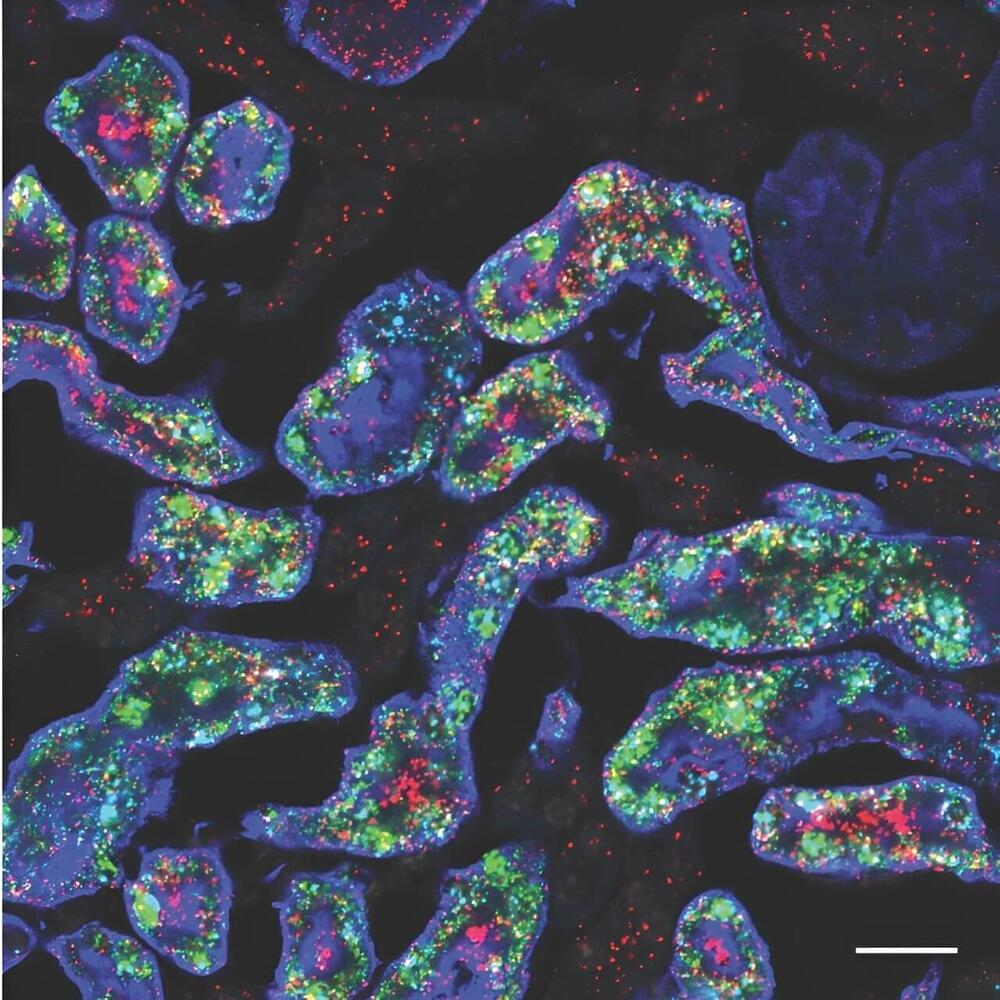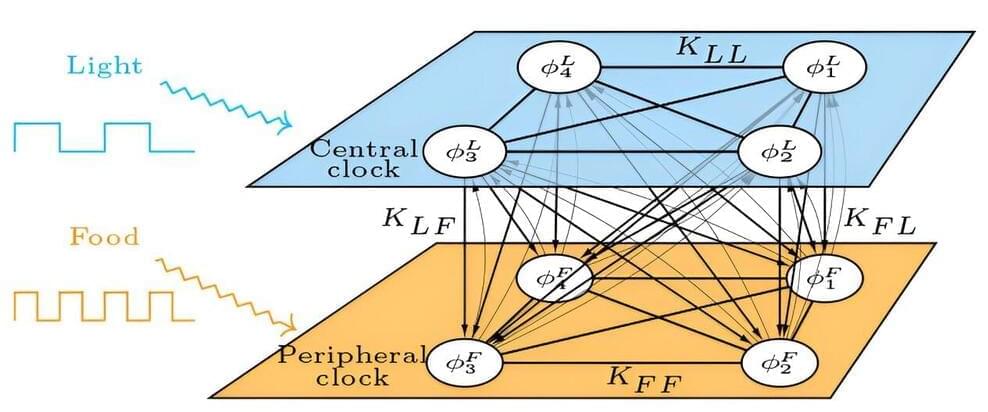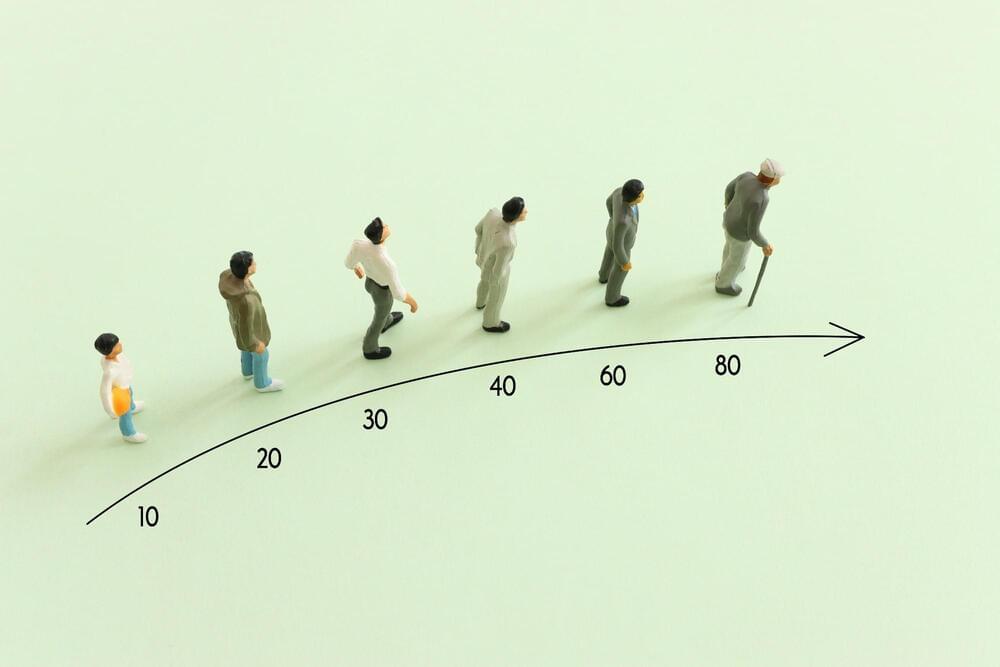Weathered or unhealthy skin is emerging as a major risk factor for almost every single age-related disease, from Parkinson’s to type 2 diabetes.



In new research published in BMC Medicine, the authors recruited a large cohort of participants in order to assess how plant-based foods affect aging trajectories [1].
Previous research has shown that consumption of plant-based foods is associated with healthy aging [2,3]. It can also help to decrease the risk of mortality [4], prevent the development of chronic diseases [5,6], and improve neurological health, such as by lowering the risk of dementia [7] and cognitive impairment [8].
This new study aimed to determine the influence of a plant-based diet on the aging trajectory of the middle-aged Asian population. Researchers recruited over 10,000 people 50 years and older in Taiwan. Participants provided health data four times during the eight years after enrollment, underwent physical examinations, and filled out relevant questionnaires.

Recently, we spoke to Shai Efrati MD, Chair of Aviv Clinics’ Medical Advisory Board and Founder and Director of the world-leading Sagol Center for Hyperbaric Medicine and Research, about the longevity and healthspan benefits of hyperbaric oxygen therapy (HBOT). The Aviv Medical Program is designed for individuals experiencing cognitive and physical decline because of a variety of conditions, including stroke, post-COVID and age-related cognitive decline, Aviv also has an increasing number of clients who wish to improve their cognitive and physical performance and increase their healthspan.
One of Aviv’s patients is Patti Finnegan, a senior living in The Villages in Florida, and we sat down with her to find out what HBOT entails for the patient.
Longevity. Technology: At Longevity. Technology, we often cover therapies and treatments that have been developed or launched, discussing the science behind them and the possible results for the patient. What is less common, however, is to hear from the patients themselves – how did they find the experience and has it made a difference? What starts in a test tube or a white board ends up in a person, so it is important to retain a focus on the end user; after all, while patient population data is important, improving outcomes for actual people is the key goal behind longevity science – real people living longer, healthier lives.

Female kidneys are known to be more resilient to disease and injury, but males need not despair. A new USC Stem Cell-led study published in Developmental Cell describes not only how sex hormones drive differences in male and female mouse kidneys, but also how lowering testosterone can “feminize” this organ and improve its resilience.
“By exploring how differences emerge in male and female kidneys during development, we can better understand how to address sex-related health disparities for patients with kidney diseases,” said Professor Andy McMahon, the study’s corresponding author, and the director of the Eli and Edythe Broad Center for Regenerative Medicine and Stem Cell Research at the Keck School of Medicine of USC.
First authors Lingyun “Ivy” Xiong and Jing Liu from the McMahon Lab and their collaborators identified more than 1,000 genes with different levels of activity in male and female mouse kidneys, in a study supported by the National Institutes of Health. The differences were most evident in the section of the kidney’s filtering unit known as the proximal tubule, responsible for reabsorbing most of the nutrients such as glucose and amino acids back into the blood stream.
The current crop of AI robots has made giant leaps when it comes to tiny activities.
There are robots performing colonoscopies, conducting microsurgeries on blood vessels and nerve cells, designing circuit boards, constructing delicate timepieces and conducting fine touch-up operations on fading, aging classical paintings by the masters.
Robots are able to handle delicate objects thanks to what researchers call passive compliance. That is the ability to change their state in response to specific tasks.

Traveling to faraway places is a great way to seek out new experiences, but jet lag can be an unpleasant side effect. Adjusting to a new time zone is often accompanied by fatigue, difficulty sleeping, and a host of other problems that can turn an otherwise exciting adventure into a miserable trip.
Jet lag is caused by a difference between the circadian system —the body’s internal clock—and the surrounding environment. Around the turn of the century, scientists began to recognize that the body has multiple internal clocks, calibrated in different ways, and that jet lag-like symptoms can result when these clocks drift out of sync with each other. This can happen in several ways and grows more prevalent with age.
A team of scientists from Northwestern University and the Santa Fe Institute developed a theoretical model to study the interactions between multiple internal clocks under the effects of aging and disruptions like jet lag. The article, “A minimal model of peripheral clocks reveals differential circadian re-entrainment in aging,” appeared in the journal Chaos on Sept. 5, 2023.

A comprehensive review in the journal Cell outlines a unified framework for classifying and validating aging biomarkers, aiming to streamline their integration into clinical research and practice. The study categorizes biomarkers into types like molecular, functional, and clinical, and sets criteria for their feasibility, validity, and applicability, all with the goal of better understanding and intervening in the aging process.
This week in neuroscience, we’ve seen groundbreaking advancements ranging from a diet that can potentially extend lifespan without calorie restriction, to a new drug that could revolutionize obesity treatment.

The Death of Death is an international bestseller by José Cordeiro and David Wood that claims that “death will be optional by 2045” – or even earlier, if more public and private funds are invested in rejuvenation technologies.
Longevity. Technology: Already available in more than 10 languages, the book provides insight into recent exponential advances in AI, tissue regeneration, stem cell treatment, organ printing, cryopreservation and genetic therapies that, say the authors, offer a realistic chance to solve the problem of the aging of the human body for the first time in human history. In fact, the book’s subtitle is The Scientific Possibility of Physical Immortality and its Moral Defense.
Given that until relatively recently, just mentioning the concept of ‘biological immortality’ was enough to raise eyebrows and with most of the opinion that it should be filed away under ‘science fiction’ or ‘charlatanism’. However, longevity science is advancing at an incredible pace and today there are people who no longer wonder if immortality is possible, but when it will be a reality. We sat down with José Luis Corderio PhD to find out more.

Global worming?
Scientists recently revived microscopic creatures frozen for 46,000 years in the Siberian permafrost.
The ancient nematodes, better known as roundworms, are able to shut their bodies down in unsuitable environments — a process called anabiosis.